محصولات ویژه
© کپی رایت 2025 | کلیه حقوق مادی و معنوی متعلق به بتنو می باشد
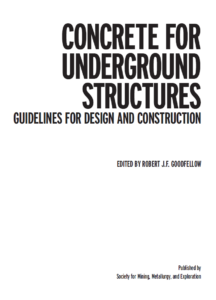
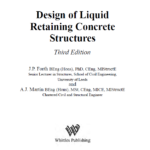 Design of Liquid Retaining Concrete Structures_طراحی بتن نگهدارنده مایع سازه ها
Design of Liquid Retaining Concrete Structures_طراحی بتن نگهدارنده مایع سازه ها
 Seismic Design of Concrete Buildings to Eurocode 8_طراحی لرزه ای ازساختمان های بتنی یورو 8
Seismic Design of Concrete Buildings to Eurocode 8_طراحی لرزه ای ازساختمان های بتنی یورو 8
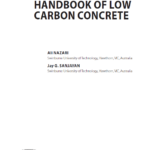 HANDBOOK OF LOW CARBON CONCRETE_ راهنمای بتن کم کربن
HANDBOOK OF LOW CARBON CONCRETE_ راهنمای بتن کم کربن
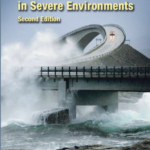 Durability Design of Concrete Structures in Severe Environments_ طراحی دوام سازه های بتنی در محیط های سخت
Durability Design of Concrete Structures in Severe Environments_ طراحی دوام سازه های بتنی در محیط های سخت
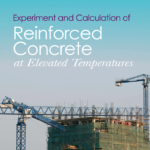 Experiment and Calculation of Reinforced Concrete at Elevated Temperatures_آزمایش و محاسبه تقویت شده بتن در دماهای مرتفع
Experiment and Calculation of Reinforced Concrete at Elevated Temperatures_آزمایش و محاسبه تقویت شده بتن در دماهای مرتفع
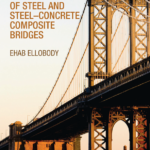 FINITE ELEMENT ANALYSIS AND DESIGN OF STEEL AND STEEL–CONCRETE COMPOSITE BRIDGE_المان محدود تجزیه و تحلیل و طراحی از فولاد
FINITE ELEMENT ANALYSIS AND DESIGN OF STEEL AND STEEL–CONCRETE COMPOSITE BRIDGE_المان محدود تجزیه و تحلیل و طراحی از فولاد
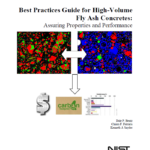 Best Practices Guide for High-Volume_راهنمای بهترین روش ها برای حجم بالا
Best Practices Guide for High-Volume_راهنمای بهترین روش ها برای حجم بالا
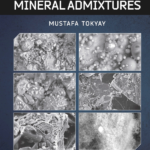 CEMENT and CONCRETE MINERAL ADMIXTURES_ مواد افزودنی معدنی برای سیمان و بتن
CEMENT and CONCRETE MINERAL ADMIXTURES_ مواد افزودنی معدنی برای سیمان و بتن
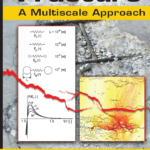 Concrete Fracture_ شکستگی بتن
Concrete Fracture_ شکستگی بتن
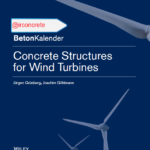 Concrete Structures for Wind Turbines_ سازه های بتنی برای توربین های بادی
Concrete Structures for Wind Turbines_ سازه های بتنی برای توربین های بادی
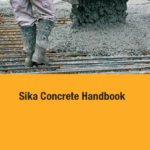 Sika Concrete Handbook
Sika Concrete Handbook
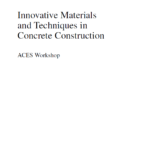 Innovative Materials and Techniques in Concrete Construction مواد و تکنیک های نوآورانه در ساخت و ساز بتنی
Innovative Materials and Techniques in Concrete Construction مواد و تکنیک های نوآورانه در ساخت و ساز بتنی